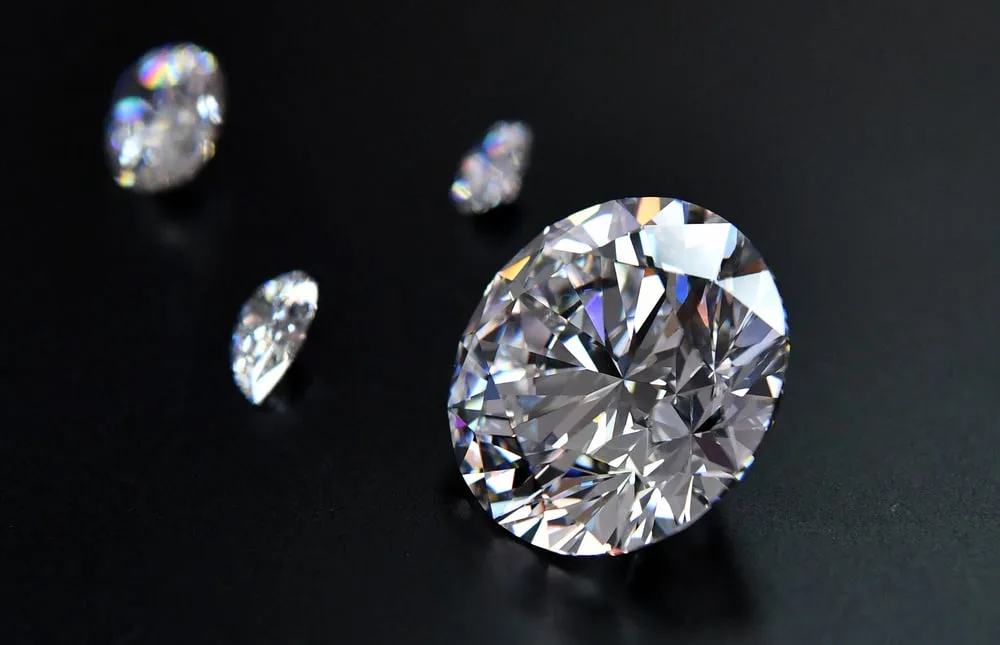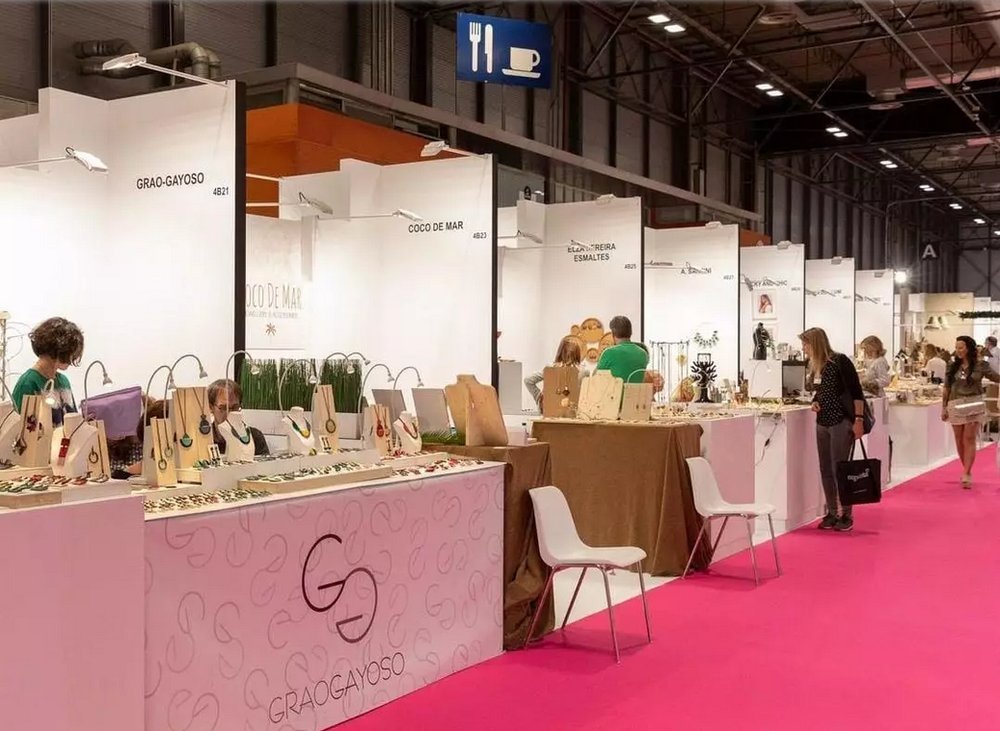In response to a significant downturn in diamond prices, leading industry players are implementing strategic shifts. De Beers, a cornerstone of the diamond market, recently offered key buyers an unprecedented choice—opting to purchase nothing amid a notable decline in diamond prices globally. This adaptive approach comes as the industry grapples with the dual challenges of falling prices and a slowdown in consumer demand.
To address the urgency of the current market challenges, De Beers has taken an unconventional step, relaxing its traditional sales model. Unlike the usual practice of buyers taking allocated diamonds at predetermined prices, the company has lifted restrictions, allowing for greater flexibility. This move follows similar industry-wide adjustments, with Russian miner Alrosa PJSC suspending sales for two months, and the Indian market instituting a voluntary halt on imports.
During a recent De Beers sale, buyers seized on this newfound flexibility, collectively acquiring only $80 million worth of uncut diamonds. This figure is significantly below the typical range of $400 million to $500 million for such events. The rapid decline in diamond prices caught the industry off guard, initially thriving during the global pandemic as consumers turned to luxury purchases. However, as economies reopened, demand cooled, contributing to a complex set of challenges.
Wholesale polished diamond prices have experienced an approximate 20% decline this year, with rough stones facing an even steeper drop of up to 35%. In response, the industry has implemented an unconventional strategy of restricting the supply to stabilize prices. Early signs of success include a rise in prices at smaller tender sales and auctions, indicating a potential market turnaround.
As shortages become apparent and Indian factories prepare to reopen after Diwali closures, cautious optimism surrounds the industry. The ability to adapt and stabilize prices presents a unique opportunity to rebuild confidence. However, the upcoming holiday season will play a pivotal role in determining how major industry players reintroduce large stocks of unsold gems into the market.
While the industry anticipates some cyclical recovery, concerns persist about potential structural shifts in consumer preferences, particularly among Gen Z. The rise of lab-grown diamonds and evolving consumer attitudes pose challenges that may impact long-term demand. Navigating these challenges requires a delicate balance, and industry experts remain vigilant in their approach to a dynamic and evolving market landscape.

































